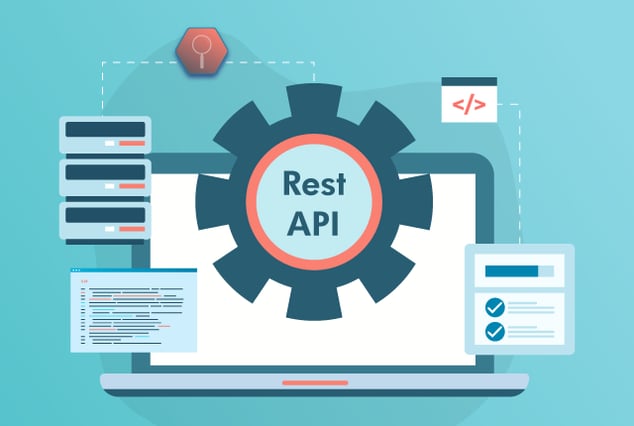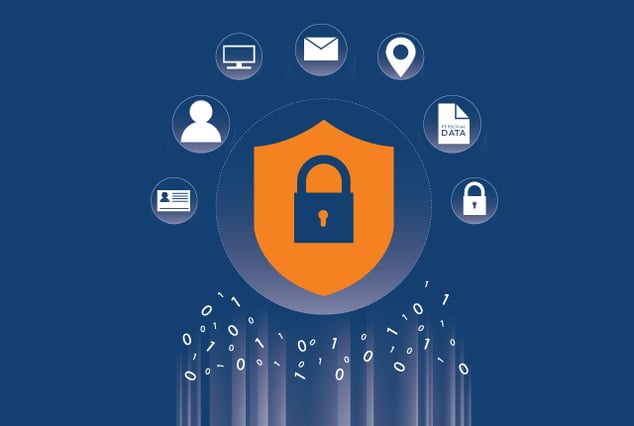
In response to the continued loss of bombers during World War II, one country’s air force decided to add additional armor to its planes. Since the extra weight would cause a loss in performance, they had to be strategic. The obvious answer was to analyze the bullet holes in returned aircraft and place extra plating at the concentration of fire.
Wrong.
As it turned out, the correct answer was to place additional protection at the areas with few bullet holes, as the planes that were getting hit in these areas were not returning home at all. It is a clear case of understanding where you are vulnerable—and a roundabout way of explaining why we do API testing in cybersecurity services.
You need to know the places where your app is vulnerable—the places where cyberattacks can succeed, not just where attempts are likely. Subjecting your cybersecurity app to rigorous automated and manual API testing is like adding extra armor to your product, only it is built into your product’s core stability.
Why We Do API Testing in Cybersecurity Services
There is a fresh news story every week about a customer data breach or high-profile hacking. The lasting damage such events can have on a cybersecurity service can be near-irreversible. As a cybersecurity service provider, your reputation is everything. That is why you have to ask five key questions before you undergo the QA process:
-
What type of app are we testing?
Is this product for the desktop, mobile, cloud, or web-based environment?
-
What category does the software belong to?
Is this system for security, security risk assessment, or identity security?
-
What threats does the product protect against?
Are the threat vectors network attacks, injections, or authentication?
-
What environments does the software support?
Are we protecting operating systems, mobiles, or browsers?
-
Has your test plan been thoroughly thought out?
Have you considered all your variables? The wrong plan can cause significant delays.
-
How is your app integrated with other platforms and environments?
Have you considered all the integration with third-party software and various platforms? Are all those connections safeguarded or being tested fully? Any lackluster approach here can cause big losses.
It takes real domain knowledge to answer those questions and ensure your test process will be rigorous enough to produce a viable product. It only takes one major breach to undo years of industry goodwill and consumer trust. That’s why we insist on API testing for all cybersecurity services.
Why API Testing Works
API testing gets right to the core, code-level functionality of your app to provide the earliest possible assessment of its overall build strength. Before you reach the GUI stage you can uncover the kinds of small errors that would otherwise fester and become larger and more complex down the line.
API testing also provides greater test cycle coverage. You are able to test all manner of scenarios, with focus on those most likely to occur. These test cover more ground than functional GUI tests, which in turn leads to more efficient and cheaper testing
The real advantage, however, is that API is one of the most powerful testing methods for code verification, finding defects, and uncovering unnecessary code. In short, it is the best way of giving you the peace of mind that your core build will provide adequate protection to your customers’ data vulnerabilities. It also does so earlier in the development process than other methods, giving you more time within your release cycle to provide both solutions and innovations.
Why You Need API Testing for Your App’s Cybersecurity
APIs provide the most vulnerable point for an attacker to target when in search of your customer’s data. As we suggest above, what you get with an API testing is a fundamental understanding of where your specific vulnerabilities lie.
It is the most efficient and broadest QA process you can apply in cybersecurity service, and you can take advantage of both the speed of automation testing and the in-depth, human involvement of manual testing. As a bonus, you can use any core language in testing, with XML and JSON supported.
Once you decide to invest in API testing, you must choose the right QA partner. We have developed a series of questions for your prospective partner before you engage their services. Make sure your partner has achieved all the necessary data protection standards themselves first. They should be able to back that up by disclosing their incident response mechanisms. It also helps in testing various endpoints integrated to third-party software, platforms, and environments. It is also very quick and easy to handle such cross-platform and cross-environment scenarios through API testing compared with GUI testing. API testing provides a check on leakage of important data such as passwords, user IDs, and personal information. It also helps to check that important data is encrypted and not visible to outsiders. Many cyberattacks occur through integrated mediums and underlying security loopholes. API testing is a great countermeasure to these and other potential threats.
QASource understands the rigors of the cybersecurity domain. We take precautions to keep our customer’s software and data safe, employing physical, logical, and hardware solutions. Contact us today for a free quote: Email info@qasource.com or call +1.925.271.5555 to get started.





